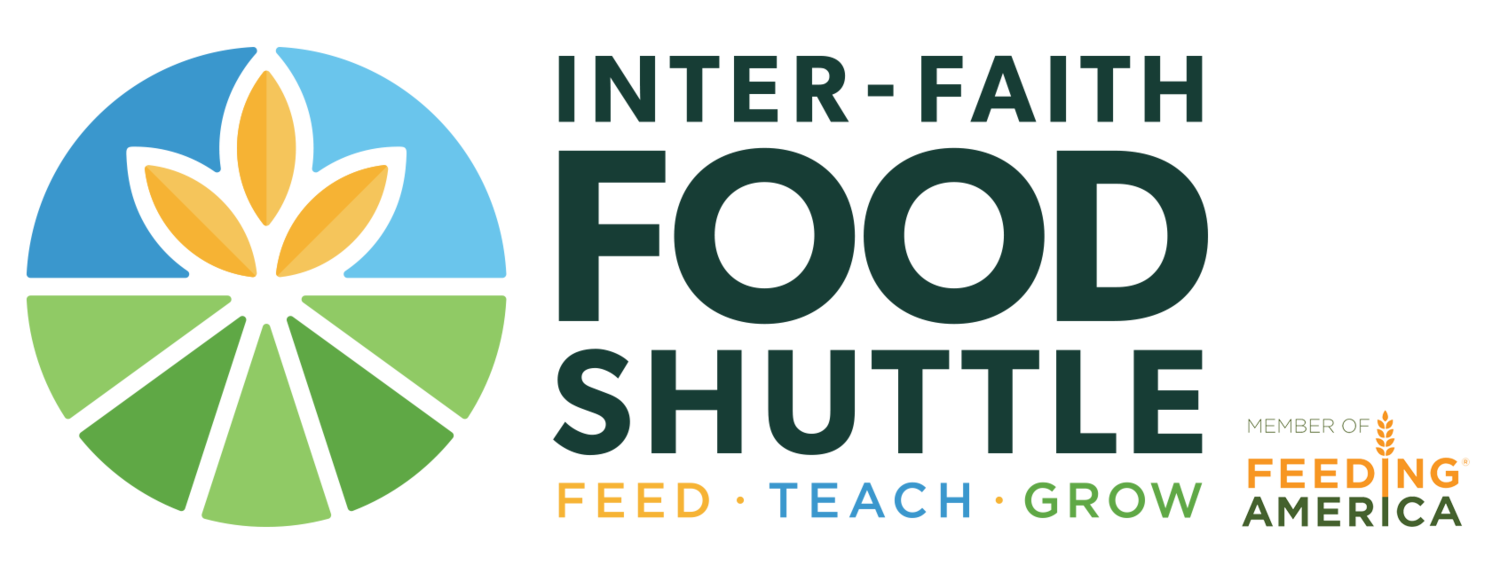This March, the Food Matters Program’s Mobile Message was “Use Unit Prices to Compare and Save Money.” Here are some tips from IFFS’s Health Educator Intern, Megan Dixon, who leads the nutrition component of Food Matters. 1. Check Unit Price: Unit price is the retail value of the product divided by the quantity. Unit prices can be found next to, or below the retail price of a product. For example, if a can of green beans costs $1.00 at retail and there are four ounces in the can, the unit price is $0.25. Unit prices can be very helpful when comparing two similar items, since you cannot be sure if you are getting the best deal just by looking at retail value. One can of green beans at $1.00 might seem like a better deal than a can that is $2.00. However, after a closer look you may find that the can for $1.00 has two ounces, making the unit price $0.50, while the $2.00 can has eight ounces, making the unit price $0.25. Here, the can for $2.00 is the better deal; you get more for your money.

2. Make a List: Before going to the grocery store, make a list. This way you are more likely to save time and money. After regularly taking time to write out a grocery list, you’ll know typically how much you spend on groceries each time that you go and can control your finances better.
3. Do Not Go Shopping Hungry: We have all done it, you go to the grocery store with your best intentions to just get bananas, skim milk, and lean ground turkey, but your stomach starts growling and suddenly those pretzels, cashews, and snicker bars look mighty fine. All of the sudden, you have bought ten extra items not on your list. This can be problematic for your wallet and bad for your nutrition if you are prone to buying junk food on a whim. Try your best to go shopping after you eat a meal, or carry a snack with you everywhere you go so that if you have to go into the store and purchase a few set things you have a snack to pop into your mouth, if necessary.

4. Use Coupons and Watch for Sales: Using coupons can be a great way to save money, but they can also lure you to buy products that you do not normally buy, or need. It is good to only pick coupons that you know you will use, otherwise couponing can trick you into purchasing more than you normally would. There are also sales practically every week at grocery stores. Stores usually have a handout at the front as soon as you walk in; you can glance it over and see what healthy options are discounted that week. Remember the main idea is to spend your money wisely on foods that will nourish you and your family.

5. Choose Produce That is Right for You: Many people are under the misconception that fresh produce is the only way to go—which is untrue! Fresh, Frozen, and Canned produce all have their pros and cons.
Fresh produce offers so much variety and no added salt, sugars, and fats. You also are able to inspect them before buying. If you are going to purchase fresh produce, remember to use quickly and buy often. Produce tends to spoil quickly and your food and money will be wasted if you let them rot before you have a chance to use them. If you have a few vegetables that may go bad soon you can always throw them in a pot of soup to freeze to preserve it for longer. It is also good to buy fresh produce that is in season to lower the cost. In North Carolina, leafy greens are in season right now, as are sweet potatoes.
Frozen produce offers a way to buy out of season fruits and vegetables at a lower price. They are picked and frozen at the peak of freshness and are easy to prepare; many you can just pop into the microwave and heat! They also have a shelf life of about 6 months, so whenever you see a good sale on them you can stash them in your freezer. You do need to watch out for added salt, sugars, and fats when buying them, so stay clear of the ones with sauces.
Last, but not least, are canned produce fruits or vegetables. These are typically cheaper and last the longest, about 2-4 years. They are easy to prepare, you can heat them on the stove or in the microwave. Also they are easy to store, you do not have to use refrigerator space to keep them. You do need to watch out for added salt and sugar, so opt for ones that have reduced sodium/sugar or no salt added. If you can’t find any without added salt and sugar, then rinse them before eating.





